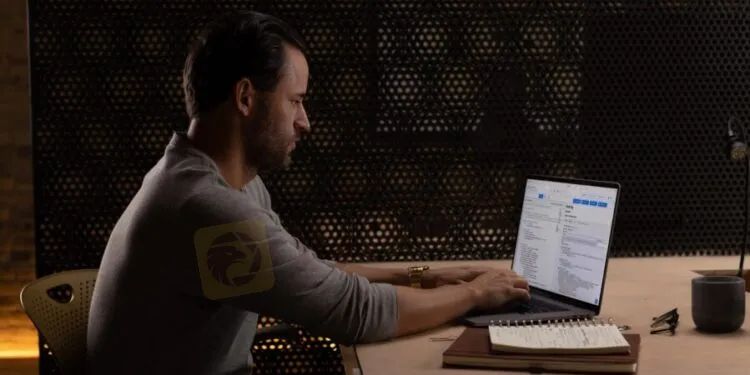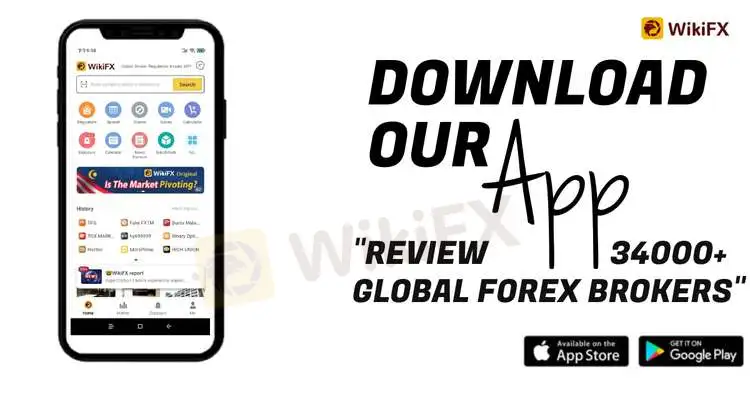简体中文
繁體中文
English
Pусский
日本語
ภาษาไทย
Tiếng Việt
Bahasa Indonesia
Español
हिन्दी
Filippiiniläinen
Français
Deutsch
Português
Türkçe
한국어
العربية
Starting Forex Trading: Setting Up an Account
Abstract:Without intending to say anything obvious, this series of articles are set for beginners. In other words, if you have never made a single forex trading in your life, you won’t know how to set up a trading account!

The good news is that the part is very simple and simple, but nevertheless, I compiled a step-by-step guide to get started.
Step 1 – Find a broker.
You need to find a broker that suits your trading style. If you need help, there is an article on how to find it and what to pay attention to. In addition, if there is no time to directly investigate the platform.
Step 2 – Select a transaction account.
Please determine the type of trading account you want to open. Some are small with low minimum trading account balance requirements, and some are for more skilled traders.
Step 3 – Application form.
Now you have to fill out the application form on the broker website. The information required varies, but generally includes a name, address, contact information, and date of birth.
You may also have to talk a little about financial conditions such as monthly income, employment status, and trading experience. Again, each forex broker will be slightly different.
Stage 4 – Confirm your identity
Before you complete the registration of your forexe account, you must prove who you are. Most forex brokers only need a scanned copy of their passport or resident registration card.
Some may require a scanned copy of a utility bill or a letter with your name and residence address. It should generally be within a certain period of time (e.g., within 6 months).
Step 5 – Log in.
Suppose you have received confirmation almost immediately (generally). You can now access your new forex trading account using your login information.
Step 6: Deposit the funds into the transaction account.
You can now deposit funds into the transaction account. The payment methods provided are generally very standard and include: Debit/credit card, bank transfer and electronic wallets such as PayPal and Apple Pay.

Disclaimer:
The views in this article only represent the author's personal views, and do not constitute investment advice on this platform. This platform does not guarantee the accuracy, completeness and timeliness of the information in the article, and will not be liable for any loss caused by the use of or reliance on the information in the article.
Read more

Unleash Your Trading Skills: Join the WikiFX KOL India Trading Competition!
Are you ready to take your trading expertise to the next level? WikiFX is excited to announce an extraordinary India Trading Competition designed to connect passionate forex traders, enhance user engagement, and reward trading excellence!

WikiEXPO Dubai on-site videos are here!
Let’s experience the excitement through the video!

WikiEXPO Dubai on-site videos are here!
WikiEXPO Dubai on-site videos are here!

WikiEXPO Dubai 2024
Come and experience it with us!
WikiFX Broker
Latest News
Robinhood Launches Ethereum Staking with 100% Rewards Match
Kraken Closes NFT Marketplace Amid New Product Focus
Philippine Banks Launch PHPX Stablecoin to Transform Payments
Broker Review: Is FOREX.com a solid Broker?
Tether to Discontinue EURt Stablecoin Amid Regulatory Shifts in Europe
Adani’s Bribery Scandal! SEC Charges, Major Fallout & Adani’s Stand
Unleash Your Trading Skills: Join the WikiFX KOL India Trading Competition!
Bank of America Launches FX Services in the Philippines
PNP Uncovers Crypto Scams in Manila POGO Hub Raid
BSP Rolls Out Stricter Rules for Virtual Asset Providers
Currency Calculator


